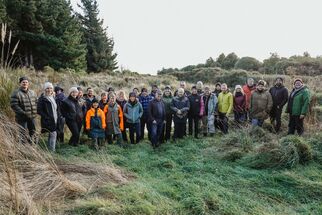
Living Water Celebration Book
Read about the partnership, the sites, our impact and what we learnt
We are doers, with the big picture in mind.
Check out what we have been up to around New Zealand, and follow us on Facebook.
Read about the partnership, the sites, our impact and what we learnt
Native fish can thrive in farming environments if we add their habitat back
Understanding the unique freshwater challenges in Living Water's chosen catchments, and how to address them.
What larger influences need to be considered for freshwater improvement in Aotearoa New Zealand
An innovative project to understand, identify and remediate barriers to fish migration is taking place in the Taranaki region.
Can strategic partnerships really make a difference to freshwater and farming?
Watch the video celebrating Living Water's 9 years of partnership for freshwater and farming
A round-up of all the mahi from the Waituna catchment as at July 2022
A round-up of all the mahi from the Pūkorokoro-Miranda catchment as at July 2022
A round-up of all the mahi from the Ararira/LII catchment as at July 2022
How Living Water made choices about where to work
How we collected information to inform decisions on what work to do
A round-up of all the mahi from the Wairua catchment as at July 2022
A round-up of all the mahi from the Waikato Peat Lakes catchment as at July 2022
The results are in and the fish are hooked on their new home
See our 2021 highlights, marking 8 years of our 10 year partnership
Using a sample of water, soil or sediment can detect species much more easily than electrofishing or intensive trapping
Seeing the catchment through a cultural lense to help us better manage modified waterways.
New Zealand birds and dairy farming have a special relationship. Learn more from bird experts and farmers about what's happening near New Zealand's Pūkorokoro-Miranda Shorebird Centre.
The biggest event on the Southland calendar.
From welcome signs to beautiful murals, the Ohaupo community have really taken to their wetland surroundings.
Manuka bundles, massive logs, making a two-stage channel - we're trying it all at Waituna Creek.
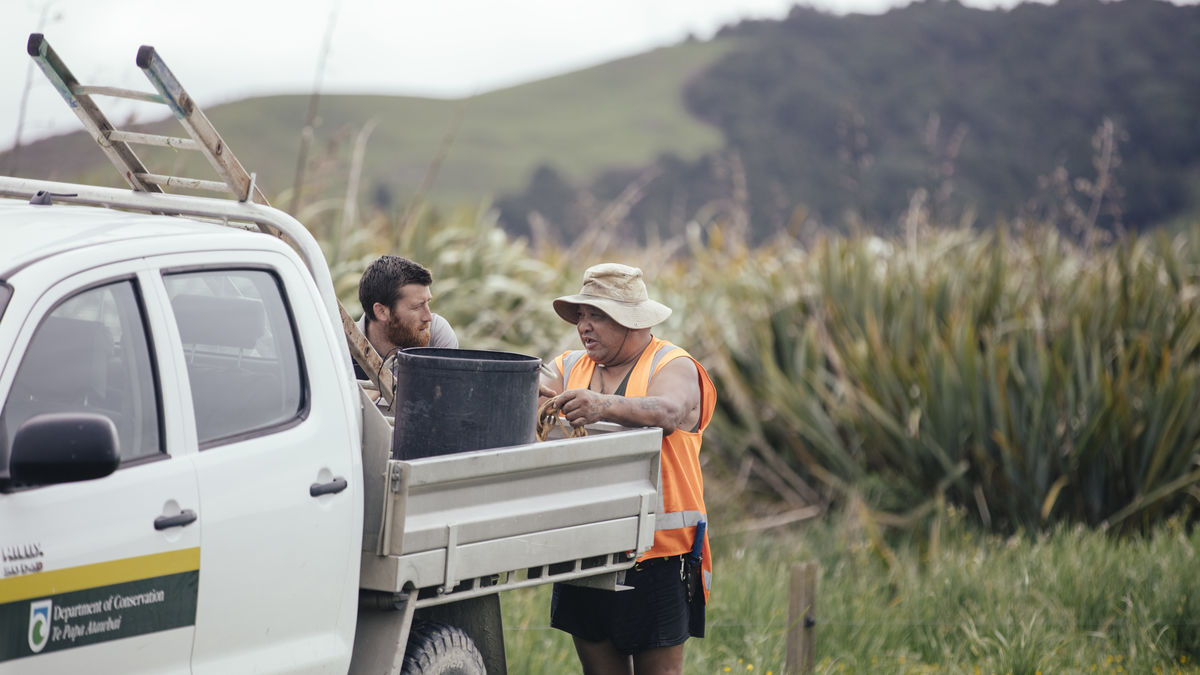
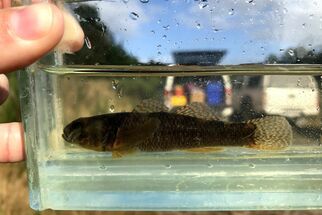
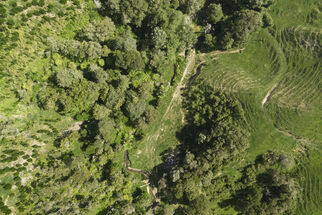
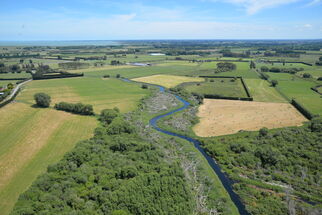
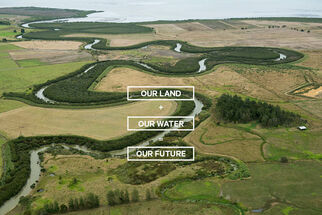
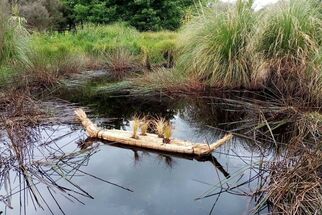
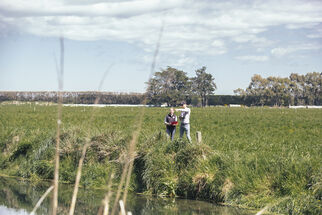
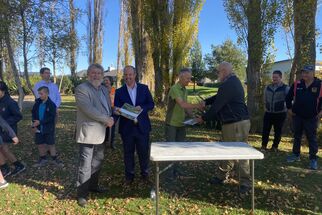

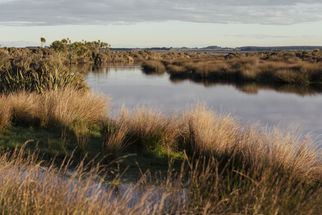
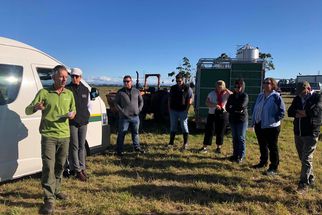
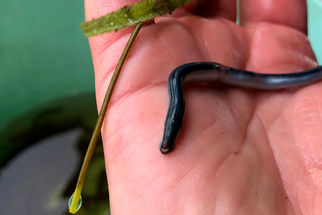

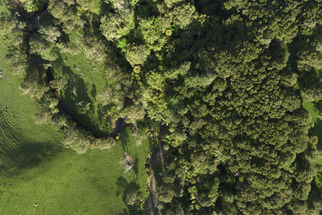
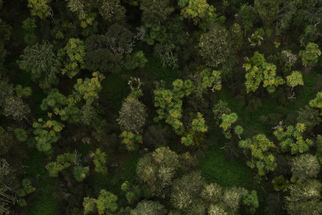
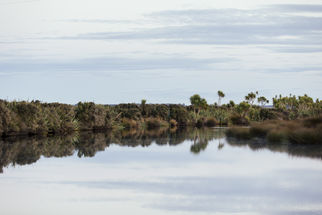

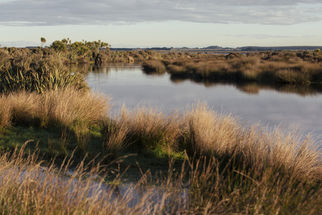
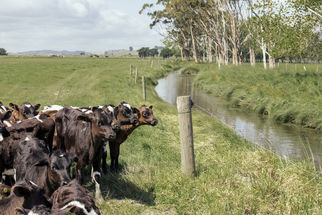
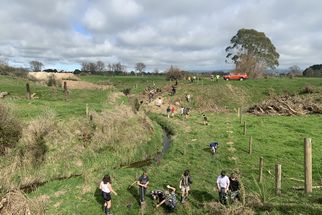

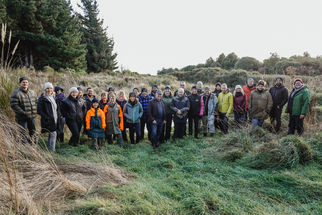
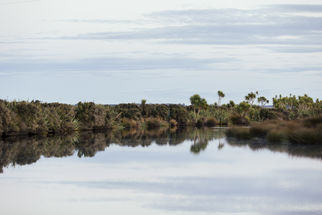
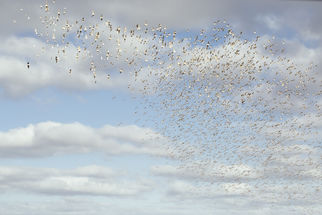

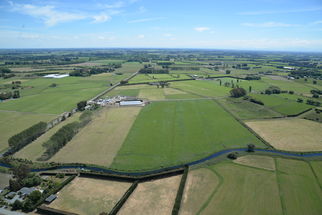
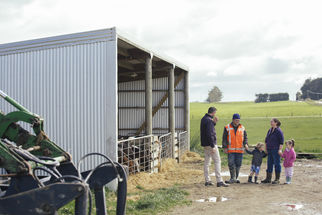
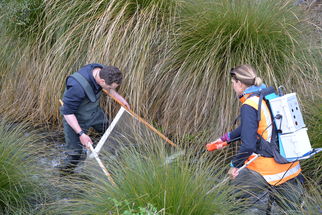
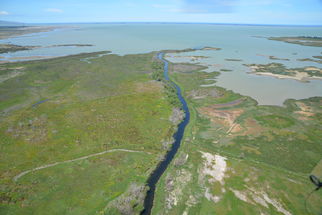
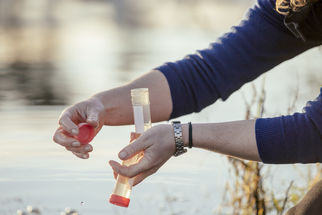
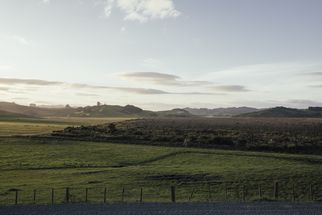
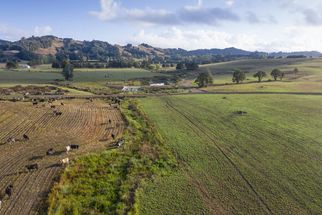
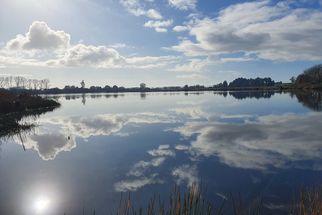
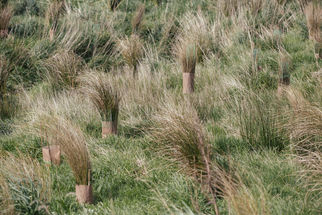
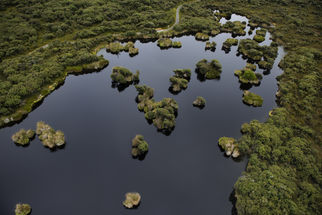
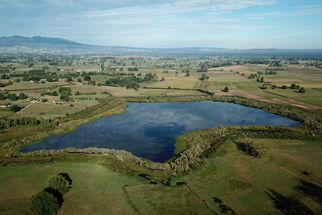
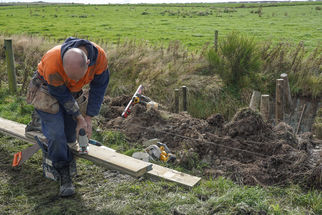
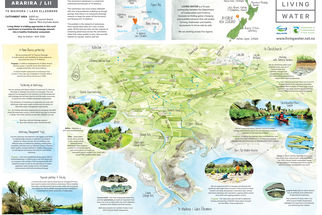
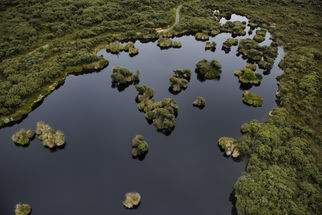
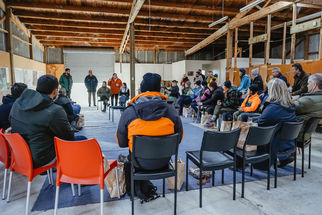
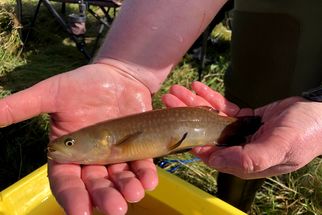
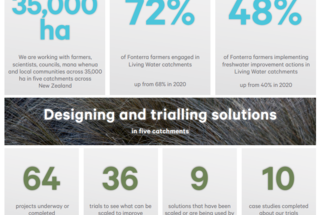

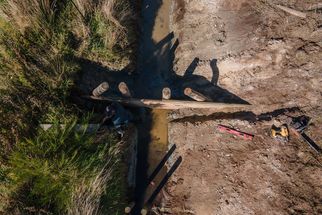
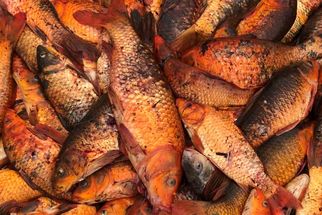
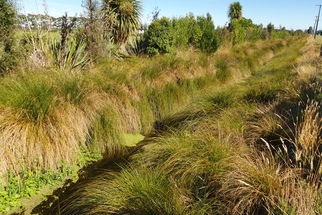
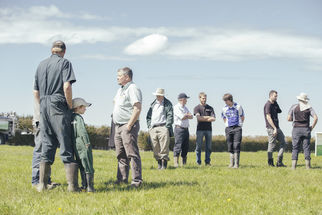
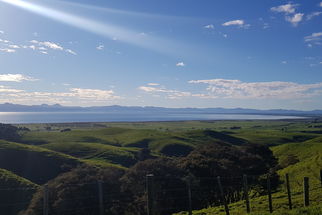
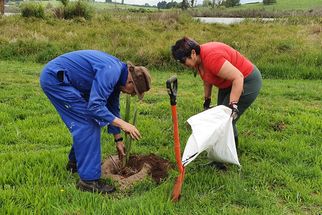
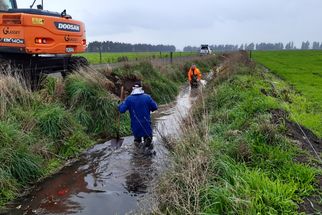
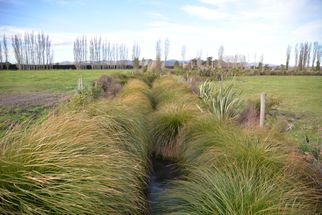
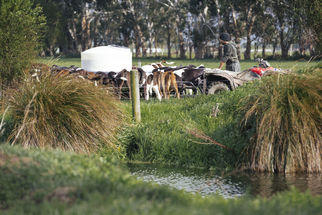
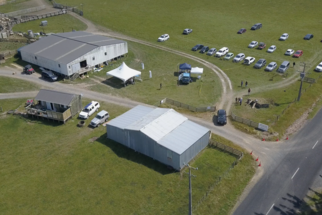
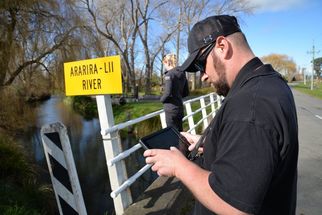
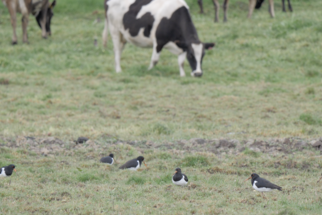
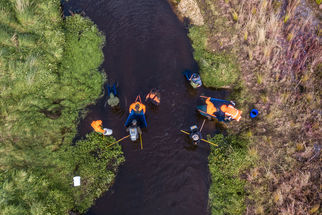
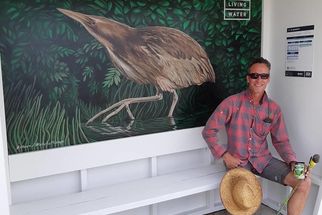
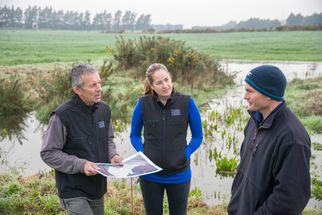
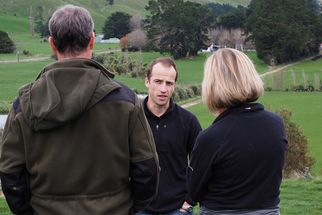
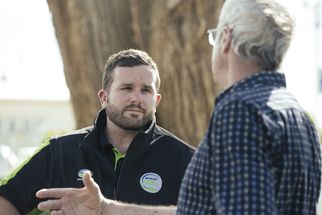
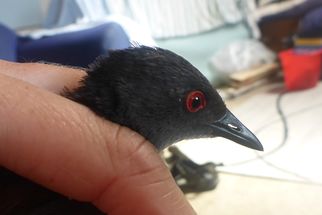
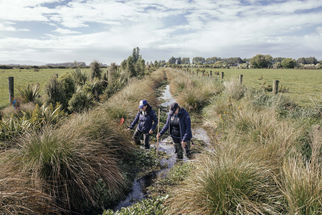
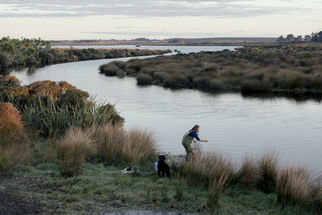
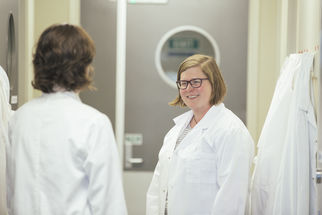
CRAKE DAY
The Living Water team is doing the annual spotless crake/pūweto monitoring around the very full Waikato Peat Lakes. The amount of water has made it difficult to circumnavigate the lakes but monitoring will continue over the next few weeks. Spotless crake/pūweto numbers indicate how well wetland restoration is going because populations can bounce back in just a few years with the right restoration conditions. Read more 👇 http://bit.ly/3YiY73l
It's World Wetland Day!
🌎 Wetland restoration is a great nature-based solution for climate, water, biodiversity, ecological health and resilience ⬇️ Read what enduring lessons Living Water has learnt from wetland protection and restoration and how we could reimagine our waterway networks to include wetlands in productive catchments https://bit.ly/40jzmFx Department of Conservation Fonterra #WorldWetlandsDay
FREE resources for farming with Native Biodiversity
A great project we are proud to be part of! 💻 Check out the new Farming with Native Biodiversity website for ecological advice and resources. 🌱 The goal of the 20-month pilot project is to develop training and resources that will equip farm advisors and farmers with the skills and confidence needed to implement their own ecological solutions https://www.biodiversity.nz/
Find out what's living in your waterways
Are you part of a catchment group and want to get funding to know what's living in your waterways? You can apply below 👇 https://www.epa.govt.nz/community-involvement/open-waters-aotearoa/get-involved/register/ Living Water co-funded eDNA in the Wairua catchment with Ngā Kaitiaki O Ngā Wai Māori to link in with water quality monitoring. eDNA testing will enable Ngā Kaitiaki O Ngā Wai Māori to collect data to expand hapū understanding of their traditional waterways and impacts from mitigation strategies and actions – such as riparian fencing and planting, afforestation planting and water monitoring. Living Water also uses eDNA to monitor for pest fish in the Waikato Peat Lakes.
This Waituna Creek project was funded by Living Water. The isotope research gave interesting insights into where predatory fish lived and ate in last year's drought. The restoration work carried out by Living Water provided a safe haven for giant kōkopu when the creek's water levels dropped. Have a watch 👇 https://youtu.be/FFlRbTpgPTQ
Hear about the amazing shorebirds at Pūkorokoro Miranda
We were lucky enough to stay at the Pūkorokoro Miranda Shorebird Centre and hear from Keith about the shorebirds that depend on the Firth for re-fuelling after a long journey from the Arctic. Living Water has been working in the area since 2013, alongside the naturalist's trust and others in the community to restore and protect the shorebird's habitat. Listen to Keith discuss his new book part memoir, part story and the history of Pūkorokoro Miranda Shorebird Centre 👇 https://bit.ly/3VLSI3M
Why wetlands are endangered in New Zealand
Wetlands purify water, reduce flooding & erosion, provide carbon storage and resources like peat and flax, habitat for birds, fish, plants & insects, process nutrients and provide recreation. Listen to learn why they're threatened & how we can protect them https://www.rnz.co.nz/national/programmes/nights/audio/2018868652/why-are-our-wetlands-under-threat
Hosting the Conservation Minister at Lake Ruatuna
Wonderful to host the Minister of Conservation, the Honourable Poto Williams at Lake Ruatuna in the Waikato last week. Living Water has been investing at this site for almost 10 years and it was great to showcase the mahi that iwi, Department of Conservation, Department of Corrections, Fonterra, landowners, community groups and schools have done over that time to restore this unique peat lake environment. Read more 👇 https://bit.ly/3CbMiSL
Out looking at godwits, knots and wrybills #pukorokoromirandabirds #shorebirds #birds
Out looking at godwits, knots and wrybills #pukorokoromirandabirds #shorebirds #birds
Do not release goldfish into waterways
An important reminder‼️ Releasing goldfish into waterways is VERY bad for our native fish, plants and invertebrates and they contribute to water degradation :( https://www.rnz.co.nz/national/programmes/morningreport/audio/2018864325/auckland-council-asking-residents-to-stop-releasing-goldfish-into-waterways
Our next newsletter is due early in December, make sure you're on our mailing list to stay up to date with all the latest! https://bit.ly/3xUujhy
Our next newsletter is due early in December, make sure you're on our mailing list to stay up to date with all the latest! https://bit.ly/3xUujhy
Read how we restored 400m of creek running through farmland, allowing native fish to thrive 🐟
https://www.livingwater.net.nz/what-were-up-to-nga-mahi-kei-te-haere/stories-about-our-work/how-to-restore-a-creek-the-beginners-guide/
Wonderous wetlands
We ❤️ #wetlands, so we've rounded up some of our key wetland projects for you to read about 👇 https://www.livingwater.net.nz/what-were-up-to-nga-mahi-kei-te-haere/stories-about-our-work/wetlands-wondrous-wetlands/
Step-by-step guides to restoring nature on farm
The Sustainable Business Network and Fonterra have put together some great resources that provide step-by-step guides to restoring nature on your land 👇 https://bit.ly/3TF90t8
Why wetlands can burn
The swampy, boggy transitional zones between land and water are needed for flood protection, water quality, are home to birds, fish, invertebrates, and plants and are critical carbon sinks, peat bogs put the carbon we burn back underground but droughts caused by climate change and the draining or diversion of water away from wetlands makes them more susceptible to fire. https://bit.ly/3E7PSOL
Hear the latest from Waituna Site Lead, Pat, who's been out checking for fish around the PROC structures designed to reduce sediment entering waterways
Hear the latest from Waituna Site Lead, Pat, who's been out checking for fish around the PROC structures designed to reduce sediment entering waterways